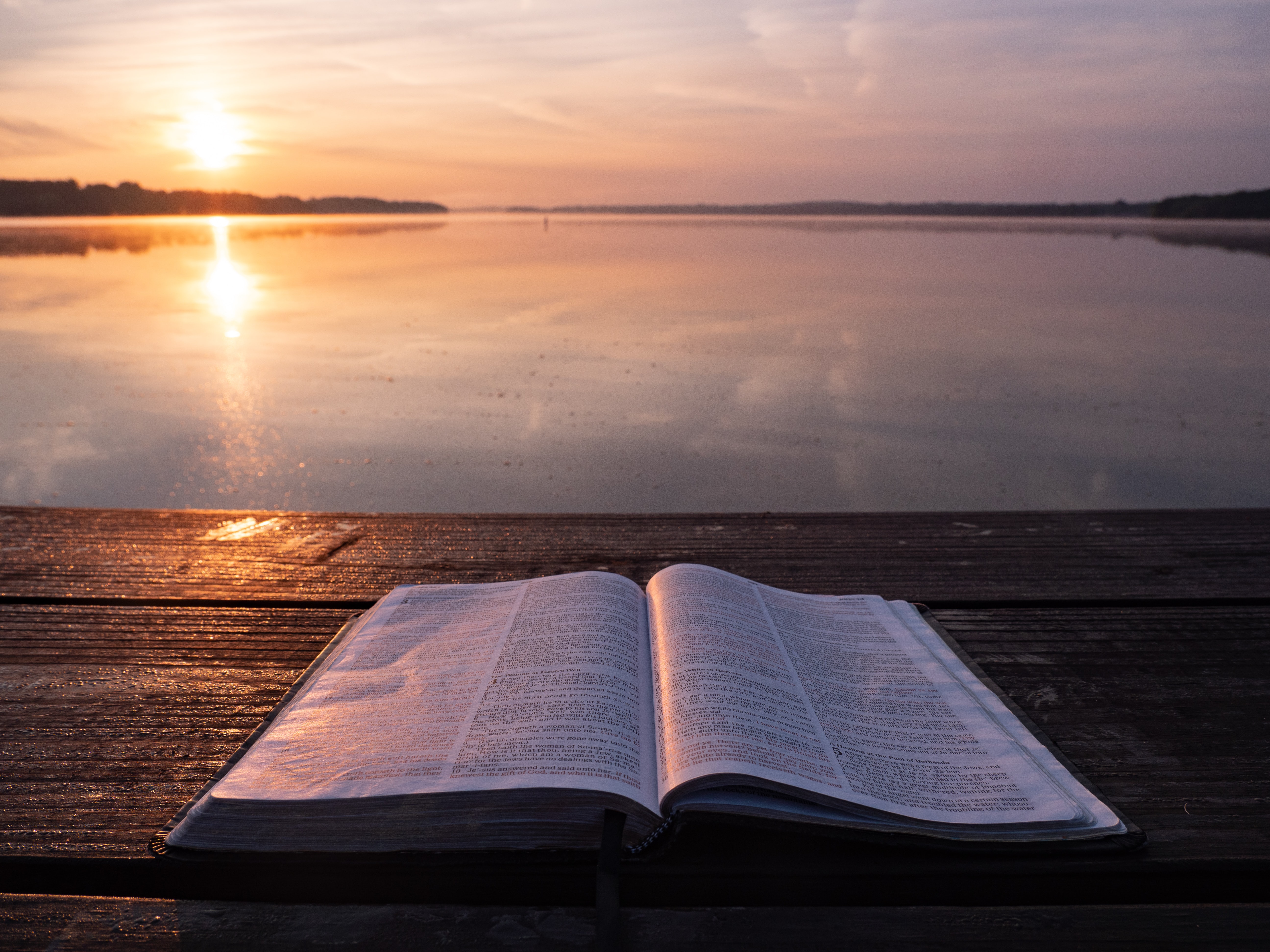
Yesterday, during worship we had an experience of Lectio Divina, one prayerful method of reading Scripture.
Lectio Divina is an ancient spiritual practice. It was practiced regularly by monks in monasteries. It was community practice, done together in community. It is an experience of feasting on the Word: the first reading the taking of a bite; the second reading chewing on it; the third reading savoring it; the fourth and final reading digesting it. This is not a theological dive into Scripture. Rather it is a prayerful time of opening our hearts to invite the Spirit of God to move and inspire us.
Today, we quite often hear of Lectio Divina as an individual practice for personal devotion. The communal aspect is important. There is something that happens in community, in small group, that opens us and moves us deeply that we miss when doing it individually by ourselves. There are moments between each movement when we share together in community what is happening within ourselves. These sharings often times widen our own tents, give us different perspectives that we take into the next movement, deepening our own devotional experience.
Lectio is done traditionally with Scripture. You read the same Scripture 4 times. Each reading is followed by a specific movement:
Lectio
Meditatio
Oratio
Contemplatio
The Busted Halo has a wonderful blog on Lectio Divina and beautifully outlines these four movements: http://https://bustedhalo.com/ministry-resources/lectio-divina-beginners-guide . Teresa Blythe, in her book 50 Ways to Pray, outlines these movements as well. Both are wonderful resources!
Lectio is not just for Scripture reading. These same movements can be used for a “sacred reading” of anything. We in the UCC have a saying: “God is still speaking.” We believe that God’s revelation did not stop with the Bible but has continued today.
I have offered Lectio Divina through the reading of poetry. Your favorite poet can speak Sacred truths when we spend time listening at a deeper level.
Lectio can also be used with our life stories, with our community stories. As an Interim Pastor, I have been known to use the four movements of Lectio Divina to reflect upon moments in the life and ministry of the churches I have served. This can also be done within your personal life.
Teresa Blythe in her book, 50 Ways to Pray, offers even more options for lectio divina, such as the natural world, music and the arts, and more.
There is no end to how this practice can be used to deepen your connection to the Sacred. Give it a try and see how God speaks to you!
* 50 Ways to Pray by Teresa A Blythe, Abington Press, Nashville, 2006, p. 46-55.




